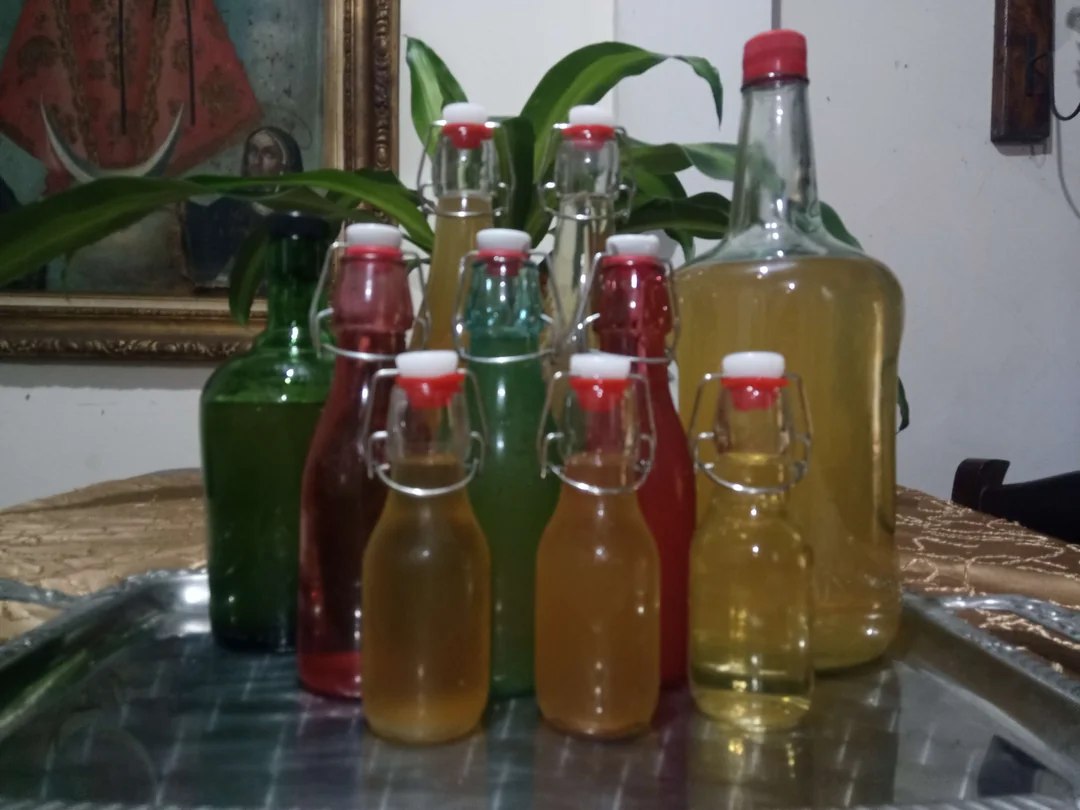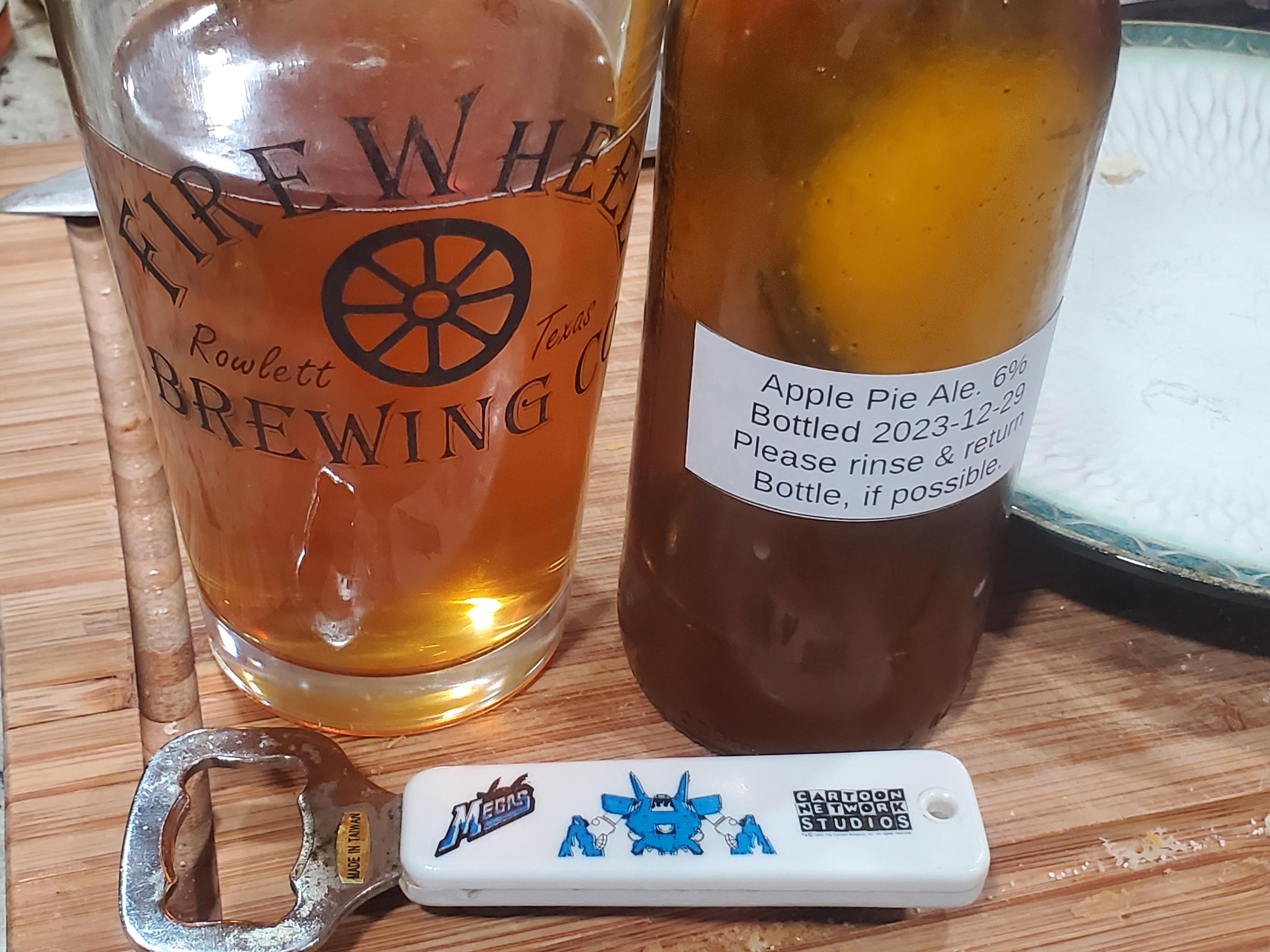Homebrewing - Beer, Mead, Wine, Cider
2063 readers
53 users here now
A community dedicated to homebrewing beer, mead, wine, cider and everything in between. If it ferments, bring it over here.
Share recipes, ideas, ask for feedback or just advice.
Some starting points for beginners:
Quick and diry guide to fermenting fruit - cider and wine
founded 1 year ago
MODERATORS
26
27
28
29
30
31
32
33
34
37
38
39
40
41
43
44
45
46
47
48
49
50







